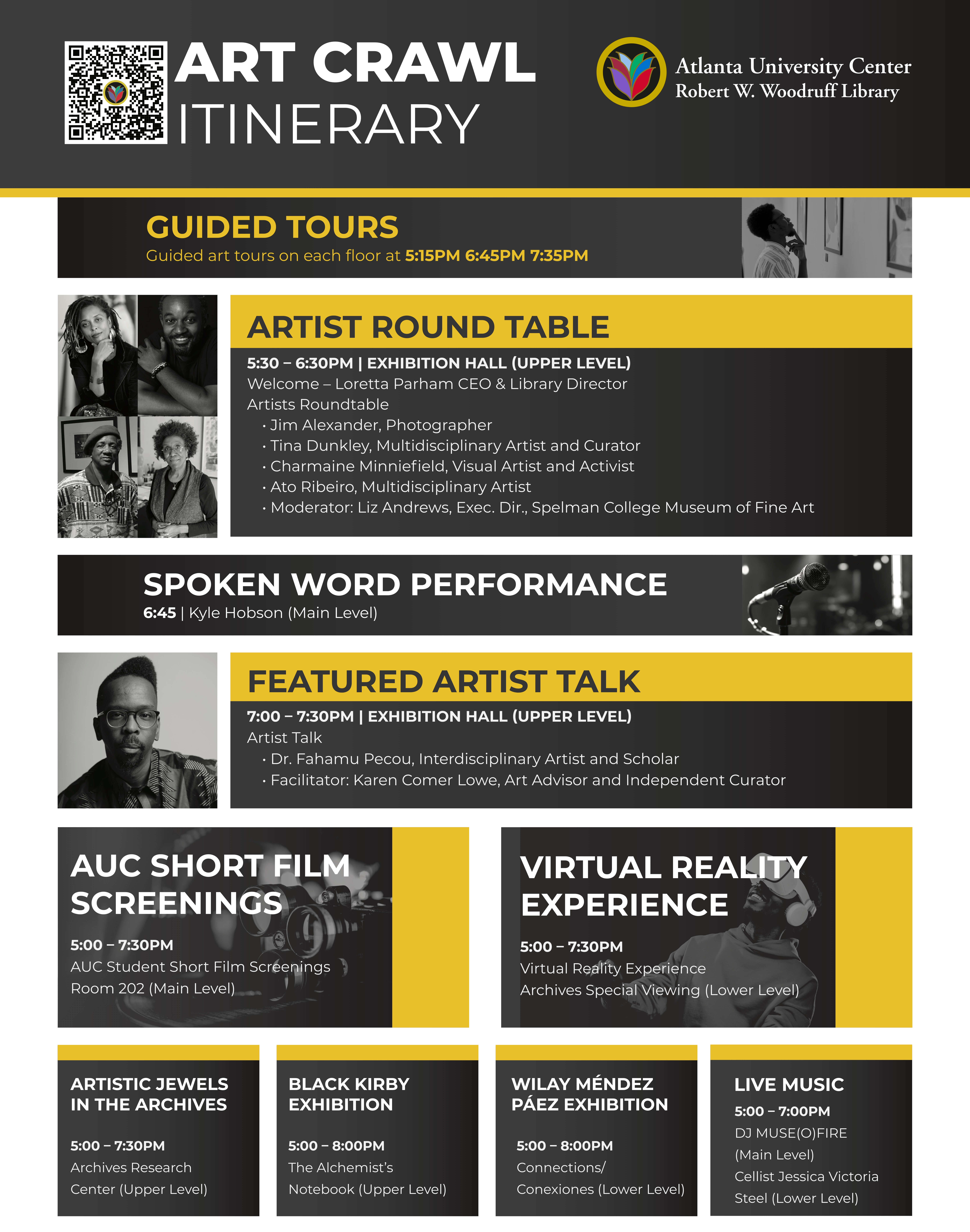
Click below to learn more about the featured artists!
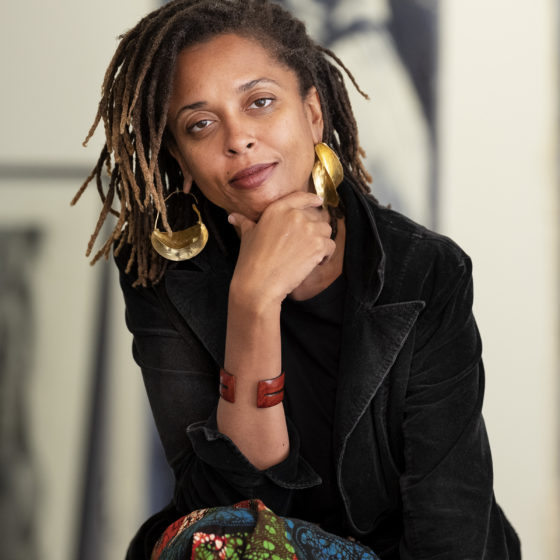
Charmaine Minniefield
Firmly rooted in womanist social theory and ancestral veneration, the work of Charmaine Minniefield draws from indigenous traditions as seen throughout Africa and the Diaspora to explore African and African-American history, memory, and ritual as an intentional push back against erasure. Her creative practice is community-based as her research and resulting bodies of work often draw from public archives as she excavates the stories of African-American women-led resistance, spirituality, and power. Minniefield recently served as the Stuart A. Rose Library artist-in-residence at Emory University. Through a collaboration with Flux Projects, she presented her work Remembrance as Resistance: Preserving Black Narratives in Atlanta’s historically segregated cemetery to honor the over 800 unmarked graves that were discovered in the African-American burial grounds. Minniefield was awarded the prestigious National Endowment for the Arts Our Town Grant to present her Praise House project at three different locations in the metro Atlanta area to celebrate the African-American history of those communities.

Jim Alexander
Jim Alexander (American, b. 1935) is an award winning documentary photographer who has spent over fifty years refining what he calls the art of documentary photography. A photojournalist, teacher, activist, media consultant and entrepreneur, Alexander has amassed an impressive collection of images of Black culture and human rights photographs. He received a 2017 Jus’ Blues Music Foundation Humanitarian Award, for his 50 years of documenting Black music. He is a 2006 inductee into The HistoryMakers and in 1995 when the city of Atlanta Office of Cultural Affairs began its annual “Master Artist” program, Jim Alexander was the first artist chosen, “for his contribution to Atlanta and the world”. He started taking photographs in 1952 at the age of 17 in the U.S. Navy, at a time when photography was not yet considered broadly as art. He had his first exhibit 16 years later in 1968, the same year he graduated from the New York Institute of Photography with a degree in commercial photography. It was also the same year that he met, and became friends with Gordon Parks. Since that time, Alexander has had over sixty solo exhibits and taught photography at Yale University and five other colleges, was photographer in residence at Atlanta’s Neighborhood Arts Center for four years, and spent five years as photographer in residence at Clark Atlanta University. His work is in numerous major collections including the Smithsonian National Museum of American History and the National Museum of African American History and Culture, the Museum Of Contemporary Art, Georgia (MOCA, GA), Stuart A. Rose MARBL Collection at Emory University, Paul R. Jones Collection, Clark Atlanta University Galleries Collection, Atlanta University Center Library Collection, Harvey B. Gantt Center Art Collection, Visual Arts Museum of Lagrange College Collection, Hartsfield/Jackson Atlanta Airport Collection and the Auburn Avenue Research Library on African American History and Culture.
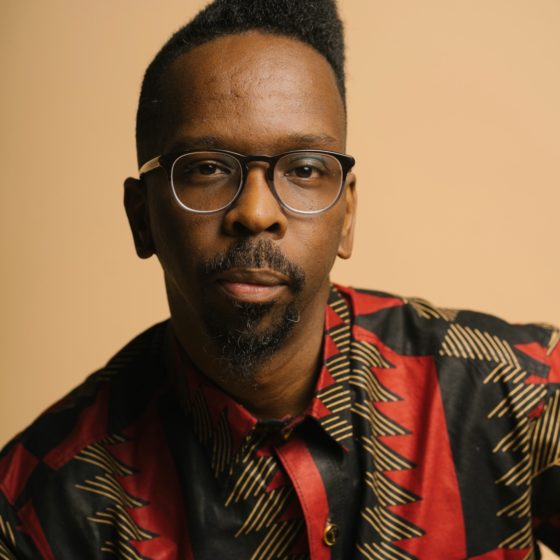
Fahamu Pecou
Dr. Fahamu Pecou received his BFA at the Atlanta College of Art in 1997 and a Ph.D. from Emory University in 2018. Dr. Pecou exhibits his art worldwide in addition to lectures and speaking engagements at colleges and universities.
As an educator, Dr. Pecou has developed (ad)Vantage Point, a narrative-based arts curriculum focused on Black male youth. Dr. Pecou is also the founding Director of the African Diaspora Art Museum of Atlanta (ADAMA).
Pecou’s work is featured in noted private and public national and international collections including; Smithsonian National Museum of African American Art and Culture, Societe Generale (Paris), Nasher Museum at Duke University, The High Museum of Art, Crystal Bridges Museum of American Art, Seattle Art Museum, Paul R. Jones Collection, ROC Nation, Clark Atlanta University Art Collection and Museum of Contemporary Art Georgia.
In 2020, Pecou was one of 6 artists selected for Emory University’s groundbreaking Arts & Social Justice Fellowship. Additionally, Pecou was the Georgia awardee for the 2020 South Arts Prize. In 2017 he was the subject of a retrospective exhibition “Miroirs de l’Homme” in Paris, France. A recipient of the 2016 Joan Mitchell Foundation “Painters and Sculptors” Award, his work also appears in several films and television shows including; HBO’s Between the World and Me, Blackish, and The Chi. Pecou’s work has also been featured on numerous publications including Atlanta Magazine, Hanif Abdurraqib’s poetry collection, A Fortune for Your Disaster and the award-winning collection of short stories by Rion Amilcar Scott, The World Doesn’t Require You.
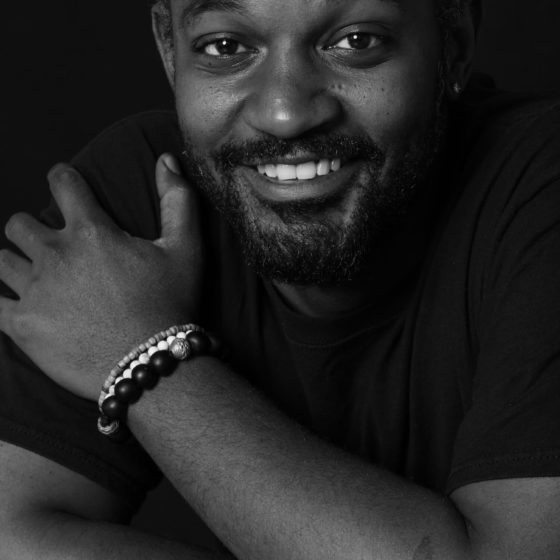
Ato Ribeiro
Ato Ribeiro (b. 1989) is a multidisciplinary artist working in a variety of media including sculptural installation, drawing and printmaking. He is currently a 2021-22 Artist in Resident at MINT Atlanta.
He was the 2017 Mercedes-Benz Financial Services Emerging Artist Award recipient, Artist in Resident at Künstlerhaus Bethanien in Berlin, Germany, and received fellowships at Vermont Studio Center in Johnson, VT, The Studios at MASS MoCA in North Adams, MA and the Skowhegan School of Painting & Sculpture in Madison, ME. His work has been exhibited at MINT (Atlanta, GA), Lisa Sette Gallery (Phoenix, AZ), Nubuke Foundation (Accra, Ghana), Cranbrook Art Museum (Bloomfield Hills, MI), the N’Namdi Center for Contemporary Art (Detroit, MI), the Rozsa Center (Houghton, MI), and Anastasia Tinari Projects (Chicago, IL) among others.
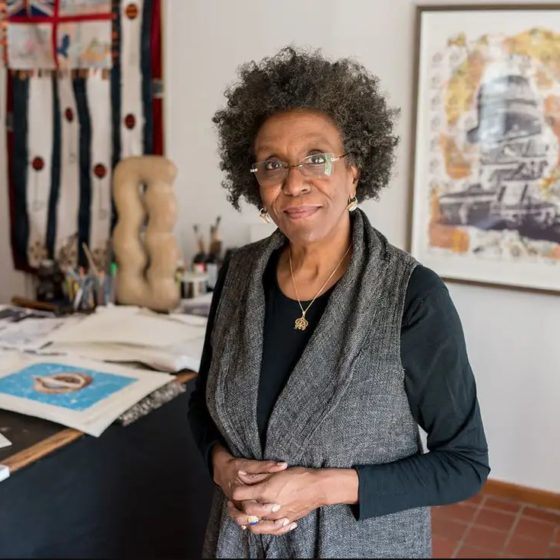
Tina Dunkley
Throughout Dunkley’s career she has investigated the cultural manifestations of the African Diaspora saturated in generations of European thought and consciousness. Spiritual immortality, the innocence of childhood, the struggle with self-image and black resistance to marginalization are all themes in her work. Often with a specific focus on the female, Dunkley renders the documented and undocumented challenges of day-to-day pan-cultural survival.
Culturally enriched by West Indian parents and inspired by the struggles of African descendants displaced throughout the Western Hemisphere, her work explores the experience and politics of denial that informs much of the history of the Americas. This focus coupled with the sociopolitical insights and outcomes of the “American Experience” frames the oeuvre of her work.
Though often typecast as a textile artist, formal training in painting, sculpture, and mixed media enables an integration of media to fit her objectives. In actuality, Dunkley is exploiting the possibility of media, which now include printmaking and video.


